Main image, by Eoperipatus sumatranus, Mok Youn Fai
Above, Peripatus sp, by Susan Myers
There are around 180 species of Velvet Worm
Above, A selection of velvet worm species from Australia. Original photographs by Jenny Norman, Noel Tait and Paul Sunnucks, from here
They live in moist, dark places in the tropics, as well as Australia and New Zealand
Above, Velvet worm (Peripatoides novaezealandiae), by Frupus
Velvet Worms have changed little in the last 500 million years with fossils of marine versions being found from Cambrian Era rocks (Burgess Shale, Canada 505 years ago, and the Chengjiang formation, China (520 million years ago))
Above, Euperipatoides sp, by Edward Evans
They have hydrostatic skeletons, comprised of muscle layers and the body wall. It’s body cavity is filled with fluid, which is pressurised and keeps the body rigid!
Above, Peripatus sp, by Paul
They move by alternating the internal fluid pressure in its limbs as they extend and contract along its body!
Their skin is waterproof and is covered with papillae- tiny protrusions with bristles which are sensitive to touch and smell!
Above, Velvet worm (Eoperipatus sp.) by Nicky Bay
The papillae are composed of overlapping scales, which gives the Velvet Worm its velvety appearance!
Above, Skin of Euperipatoides rowelli, by Andras Keszei
Their feet are described as conical, baggy appendages. At the end of each foot is a hooked claw made of chitin, the Velvet Worms scientific name is Onychophora, meaning ‘claw bearers’
Above, Onychophoran legs and claws, by alexselemba
Above, Onychophora, by Nicky Bay
They only use the claws on their feet when walking on uneven surfaces, they can retract these claws and use its foot cushion at the base of the claw
Depending on the species, a velvet worm can have between 13 and 43 pairs of feet. The feet are hollow, fluid-filled, and have no joints.
Above, Peripatoides novaezealandiae, by Frupus
Velvet Worm species can vary in length from 10mm long to ones in excess of 20cm
Above, velvet worm to scale, by Andras Keszei
They have a pair of sensory antennae on their heads, and small eyes. The mouth has a set of jaws, and is flanked by two papillae
Above, photo by melvyn yeo
They prefer to live in moist areas, hiding in the soil, or under rocks and rotting wood… and they like to come out at night and during wet weather
Above, Ooperipatellus species, by Simon Grove
They hunt at night for small invertebrates, and are ambush predators. They have a pair of glands on their heads near to the antennae which squirts out a sticky, quick hardening slime!
Above, Eoperipatus sumatranus? by Nicky Bay
Above, via Daily Dot
The slime ensnares their prey, allowing the Velvet Worm to inject a digestive saliva through its bite… this liquefies insides of its prey making it easier to eat! It will also eat any left over slime as it is energetically costly for it to produce
Above, by Miguel “Siu”
One species (Euperipatoides rowelli) is social! It lives in groups of up to 15 individuals, and has a strict social hierarchy with a dominant female!
Above, Velvet worms (Euperipatoides rowelli)- Captive individuals. A couple babies can be seen in this image, by Jackson Nugent
After a kill the dominant female feeds first, then the other females, the males, and finally the young… the hierarchy is strictly enforced and maintained via aggression (biting, chasing, kicking and crawling over subordinates!)
All Velvet Worms reproduce sexually except Epiperipatus imthurni which reproduces via parthenogenesis! No males have ever been found… only females!
Above photo (Epiperipatus imthurni), by Geoff Gallice
Sexual reproduction can be quite varied amongst the species of Velvet Worms… some males will deposit their spermatophores directly into the female’s genital opening. Other use a special structures on the head, whilst some use spikes, spines, or pits to either hold their sperm or transfer it to the female!
Above, Metaperipatus inae, by Art
Male Peripatopsis Velvet Worms will deposit their spermatophore on random areas of the females body. The sperm causes a small, localised breakdown of her skin, allowing the sperm to enter her body. It then migrates to her ovaries, and fertilisation takes place!
Birth can be as varied as reproduction. Some species lay eggs. Peripatopsis mothers retain eggs in their uteri and supply nourishment to their embryos, but without any placenta…Most velvet worms however, give birth to live young after a period of gestation their via a placenta. All young are born/hatch fully developed, and look like mini adults!
Above, Peripatus-sp, by Pedro Bernardo (Peripatus mothers supply nourishment to their embryos through a placenta)
Euperipatoides rowelli just “born” (not sure what the term is for oviviparous animals), still in the egg membrane it developed in inside it’s mother. The egg is approximately 2mm in diameter
Above, Euperipatoides rowelli, Andras Keszei
Goodbye, Velvet Worm!
Above, Eoperipatus sp, by Nicky Bay
Info via wired and wikipedia here and here
As always my usual disclaimer… I’m no expert, I just like learning and sharing information, any mistakes will be mine and I’ll correct them if you leave a comment 👍
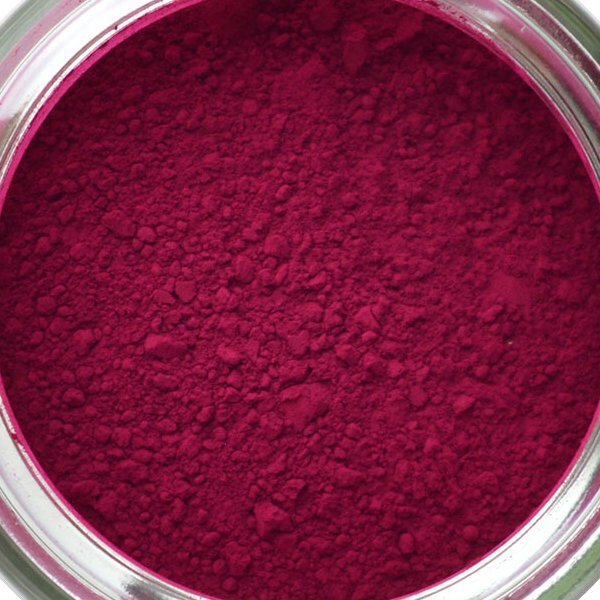
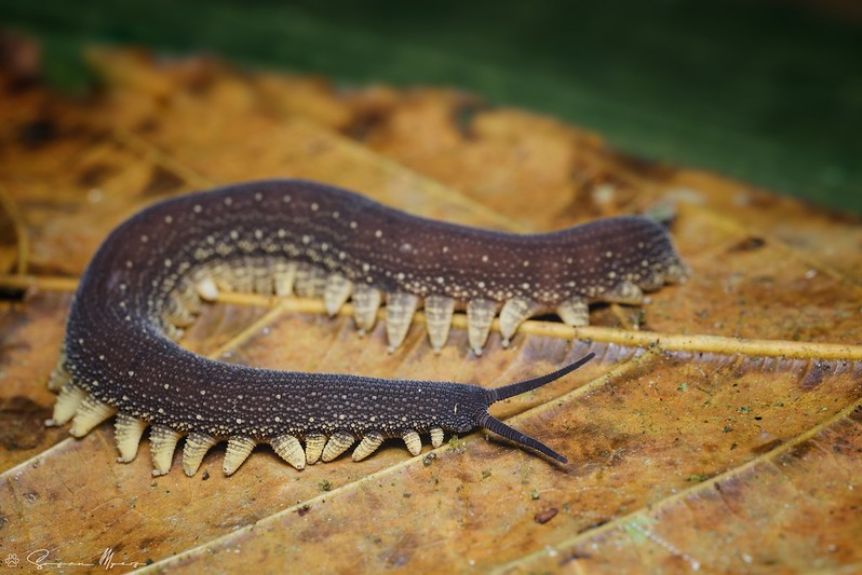
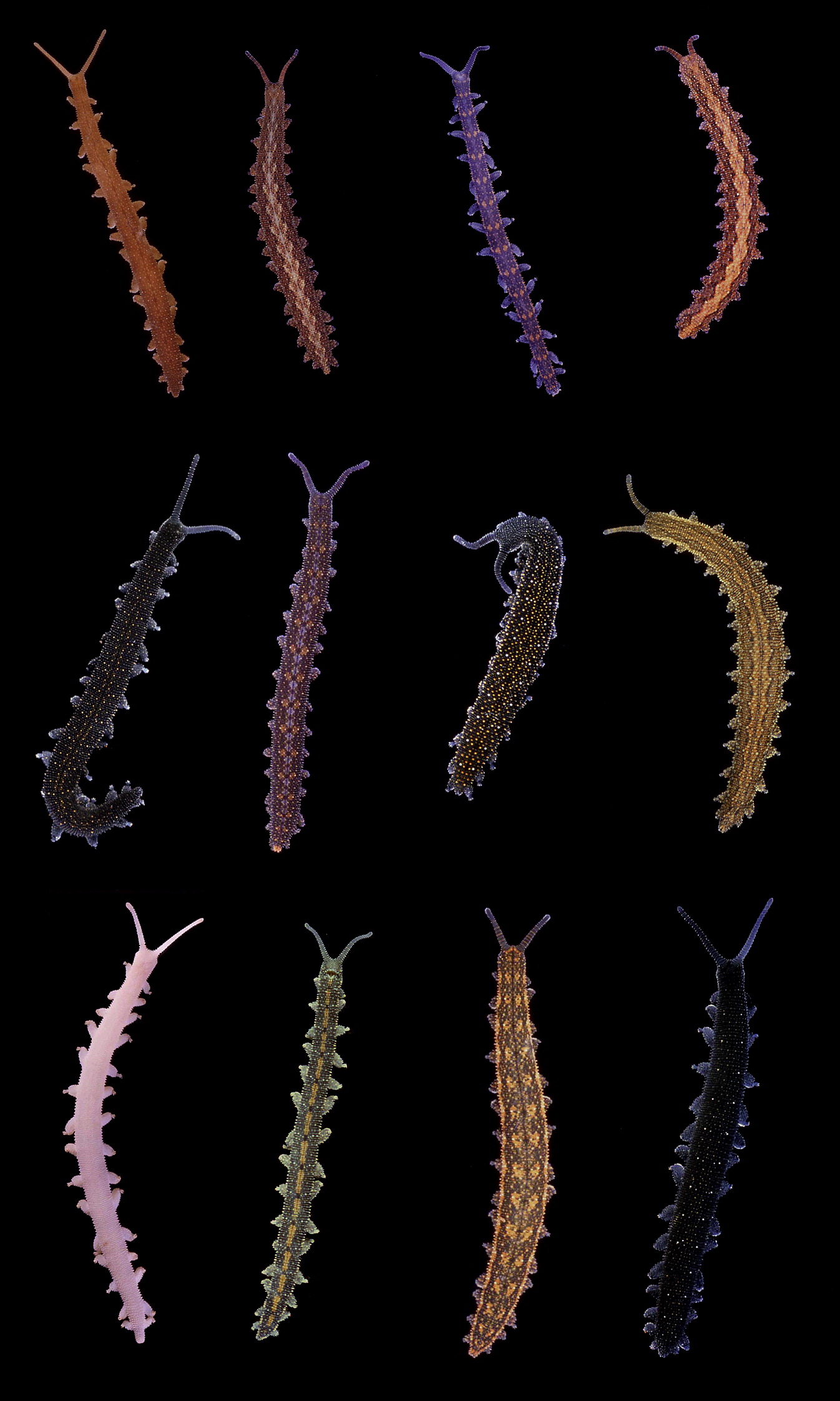
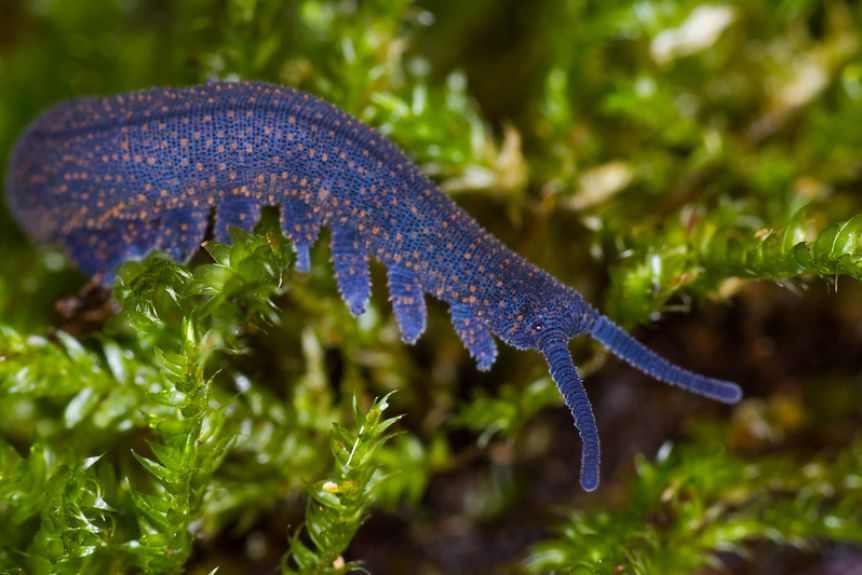
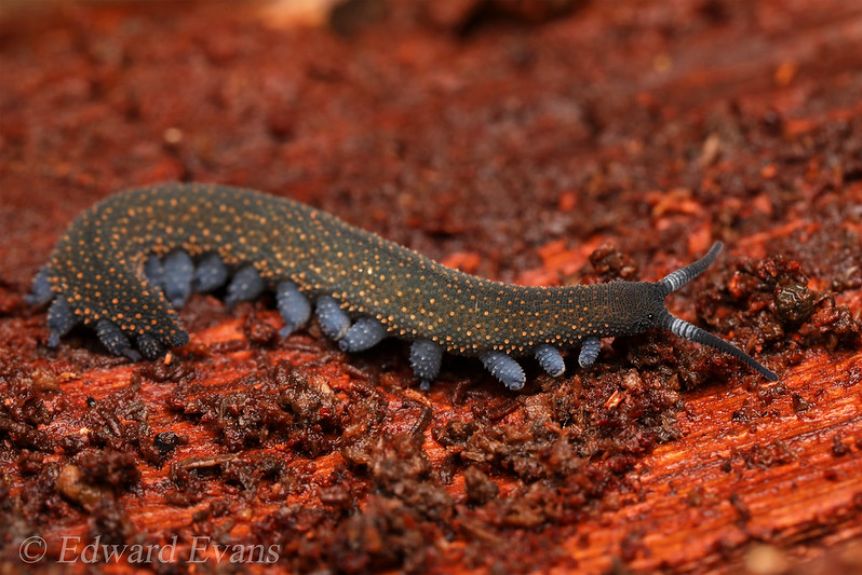

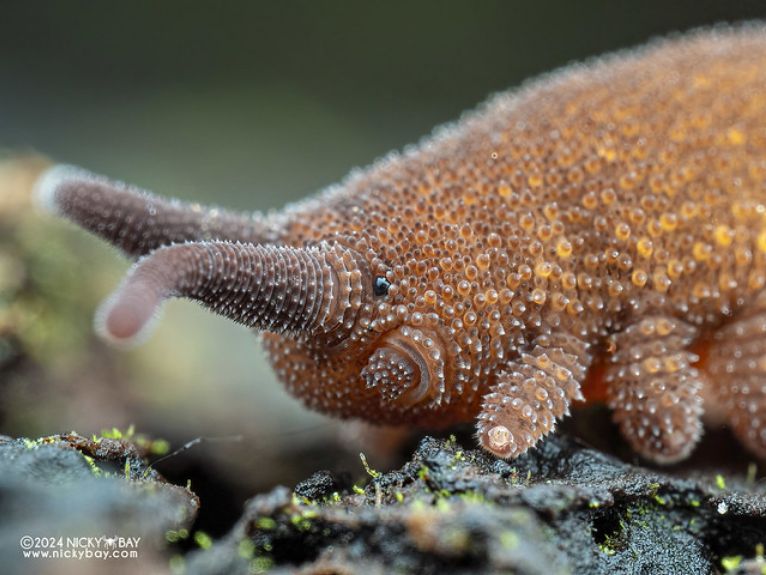
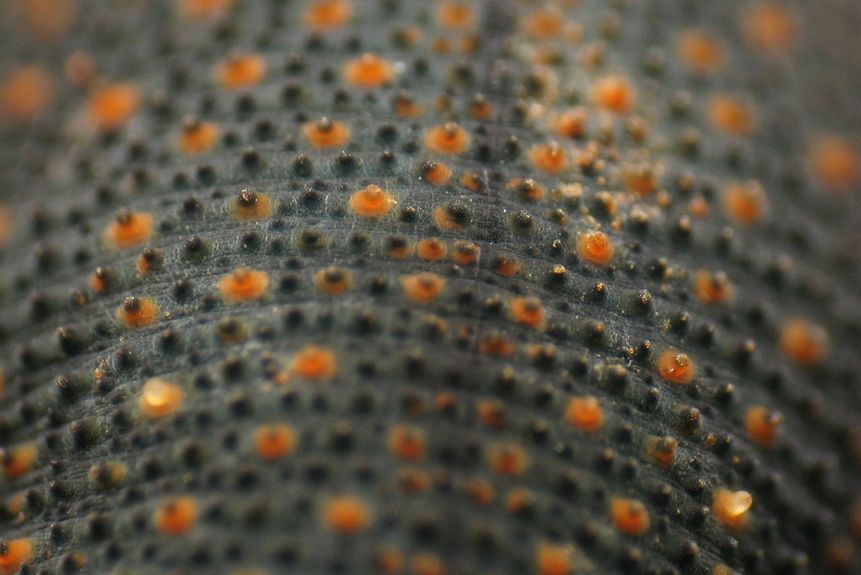
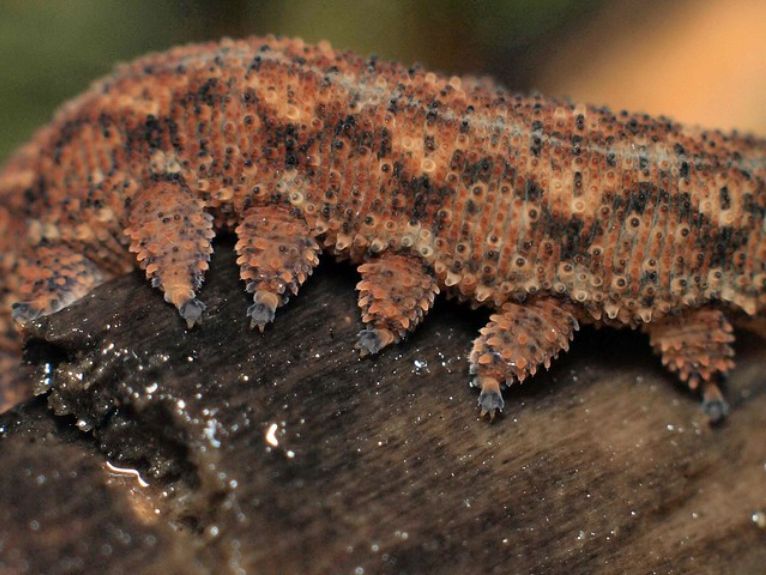
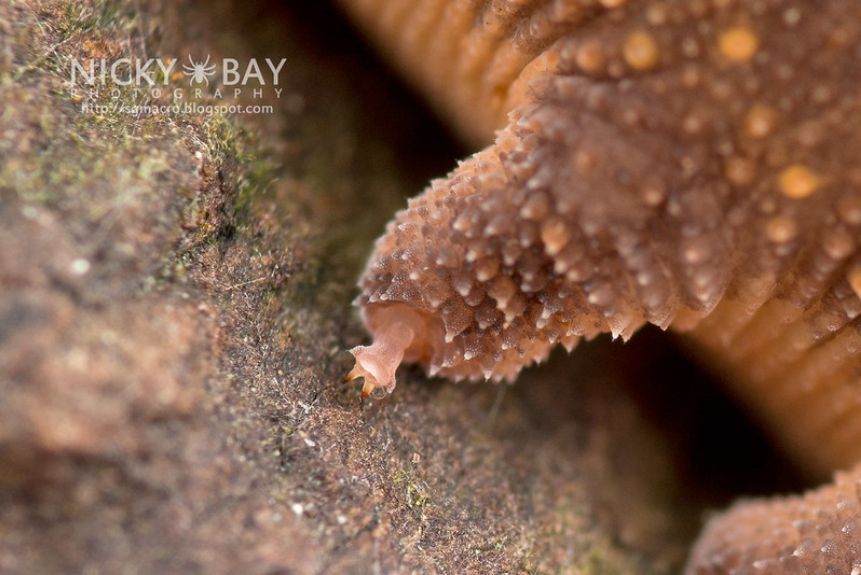
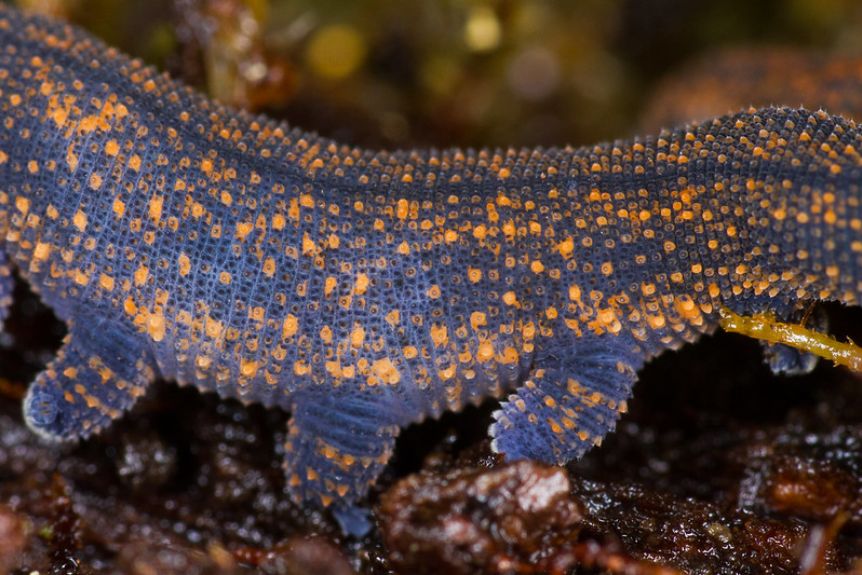
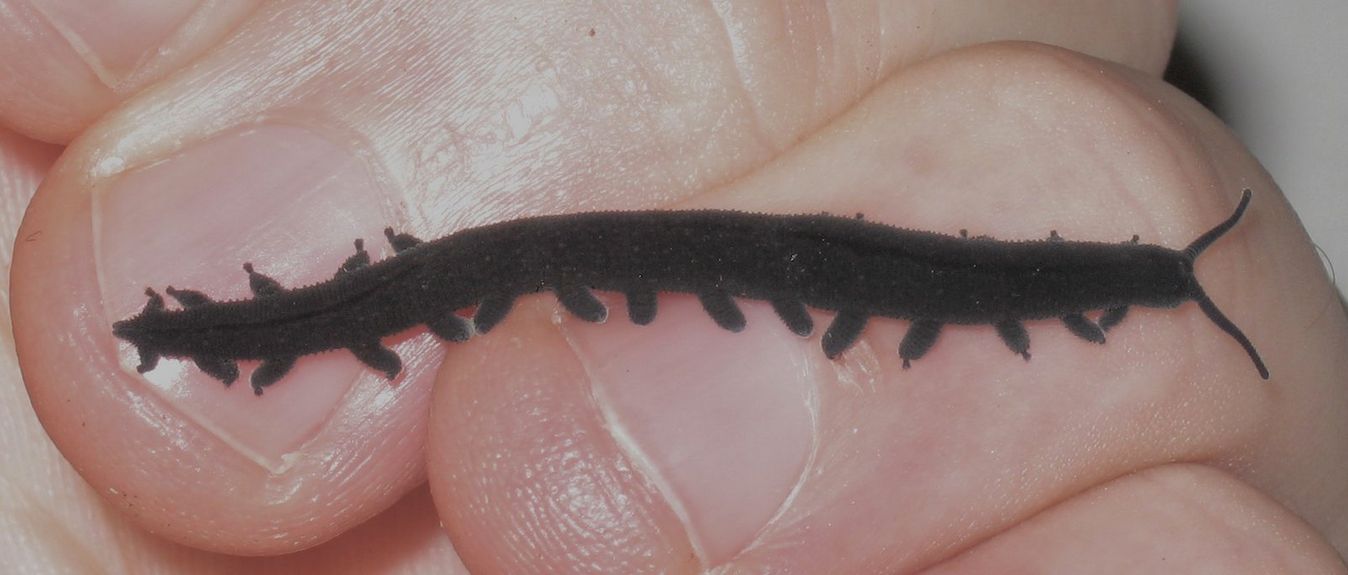
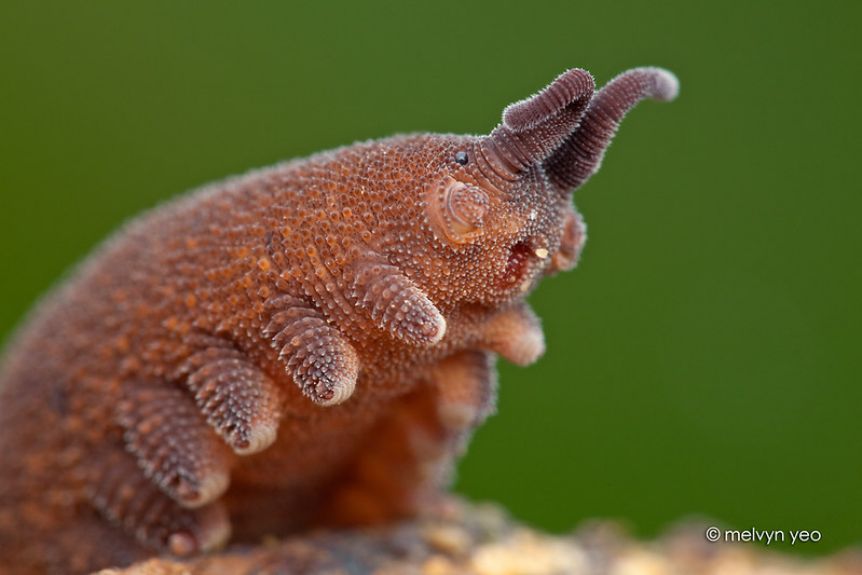
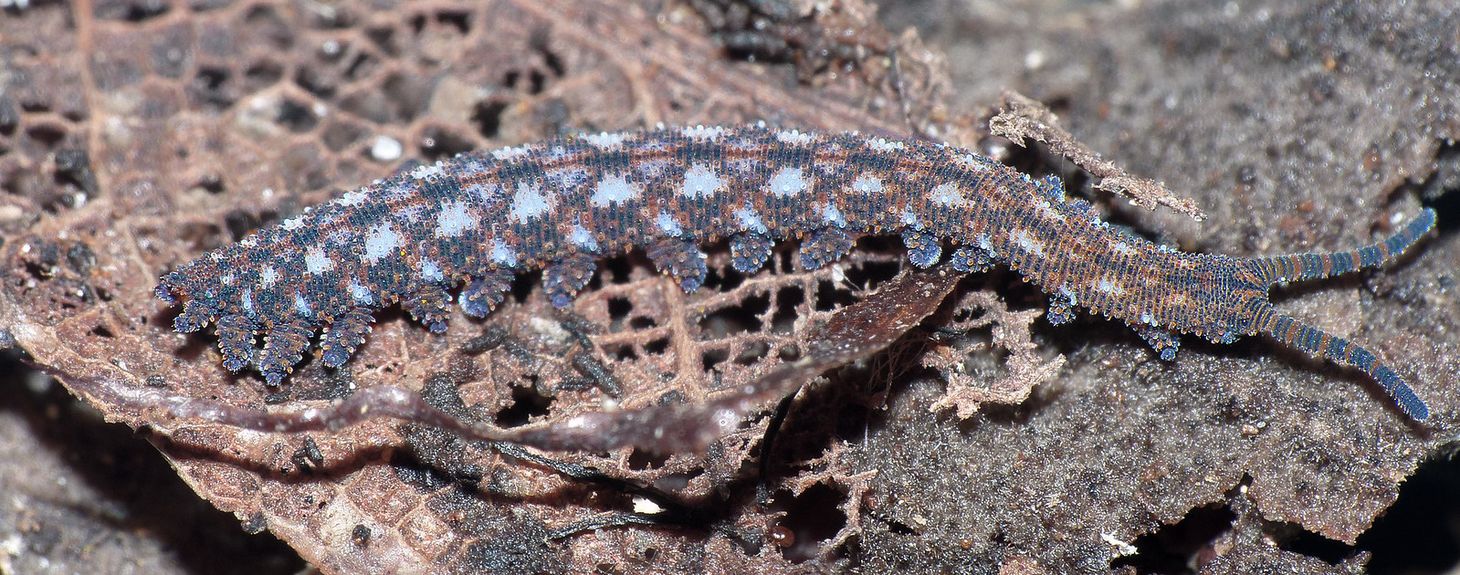
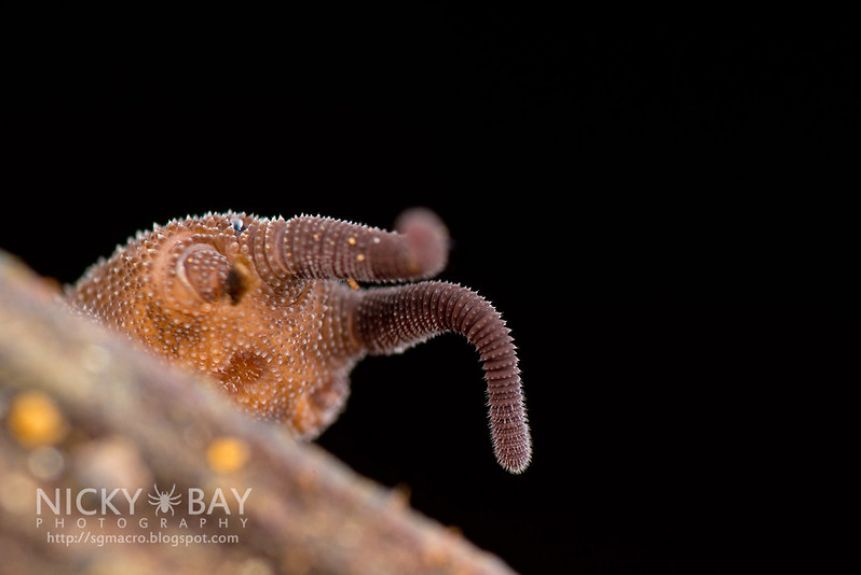
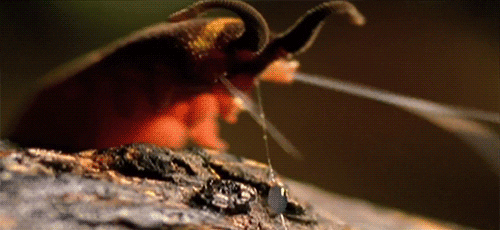
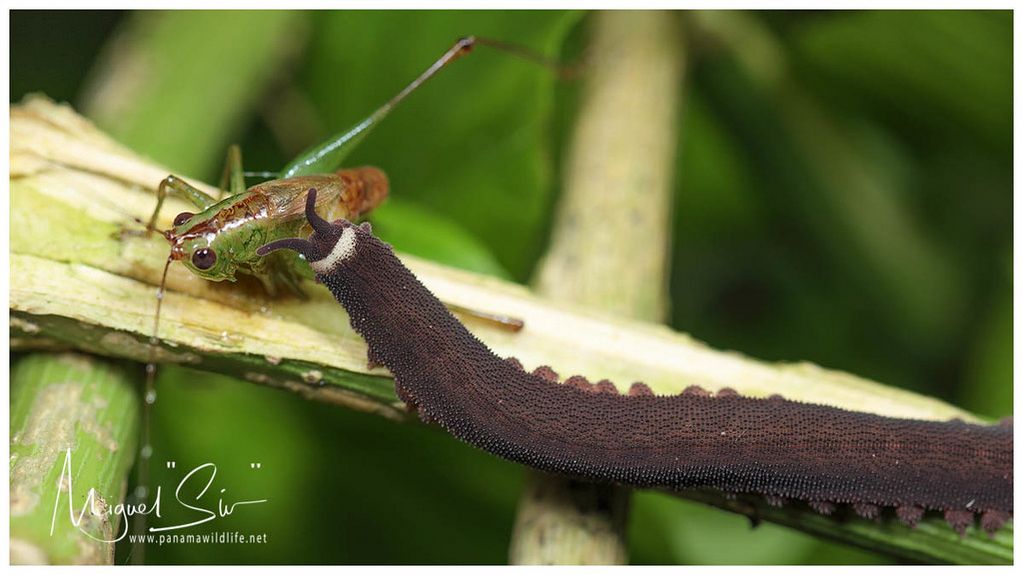
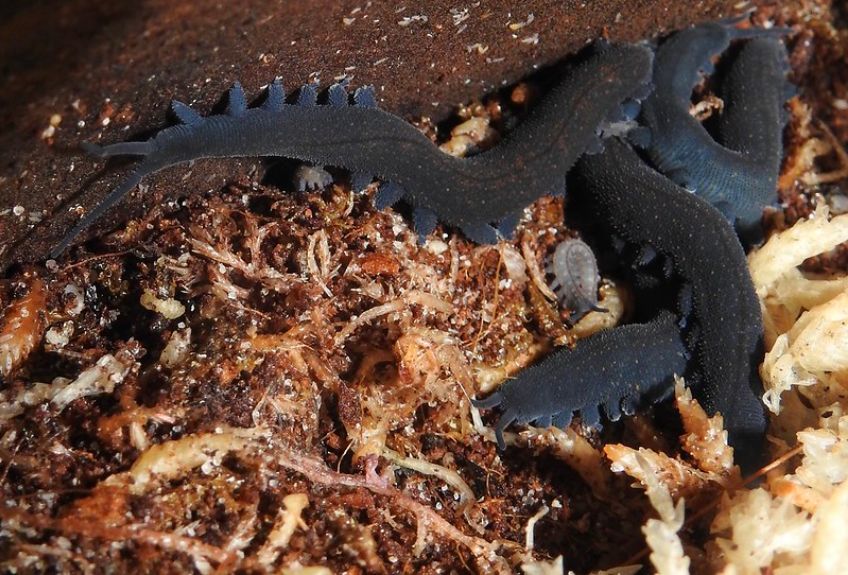
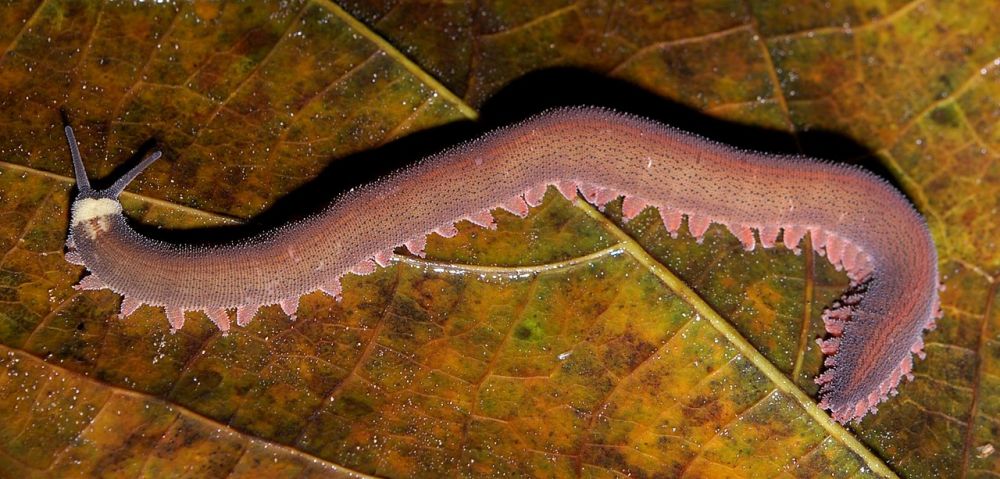

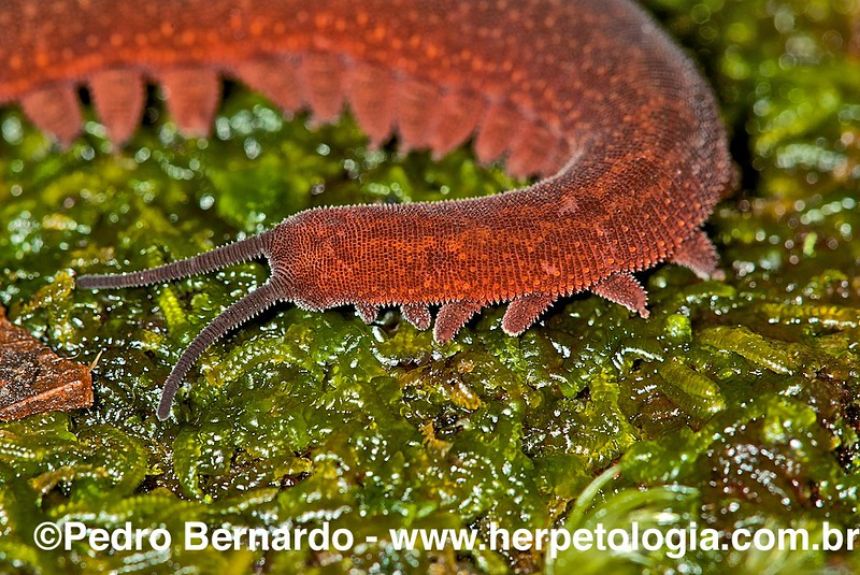
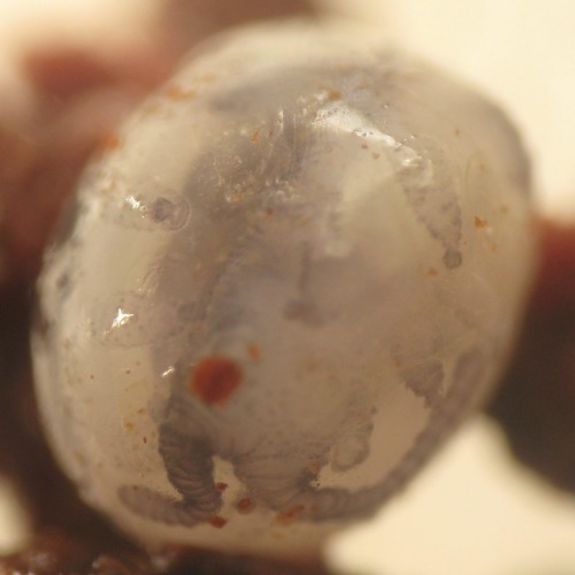

Not just skin contact. The dude would touch someone, and the handprint would melt their skin while his sperm swim to their ovaries via blood.